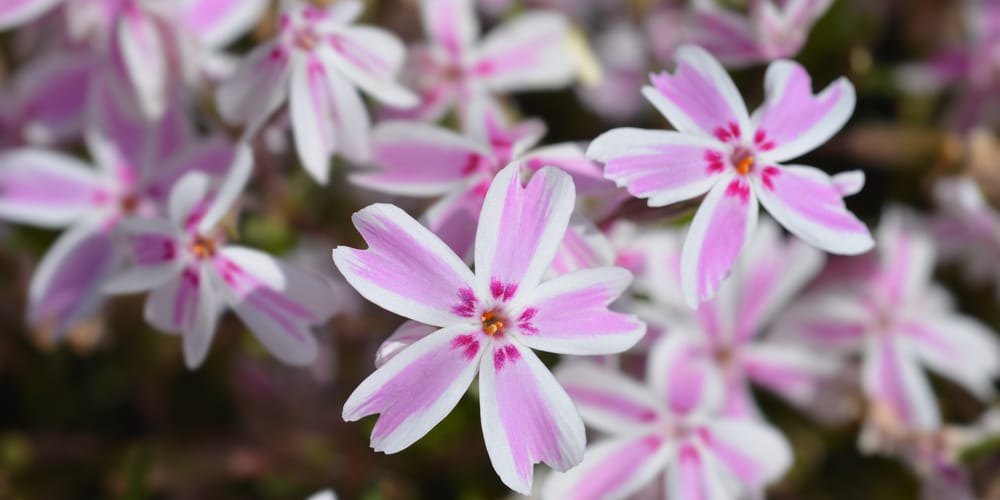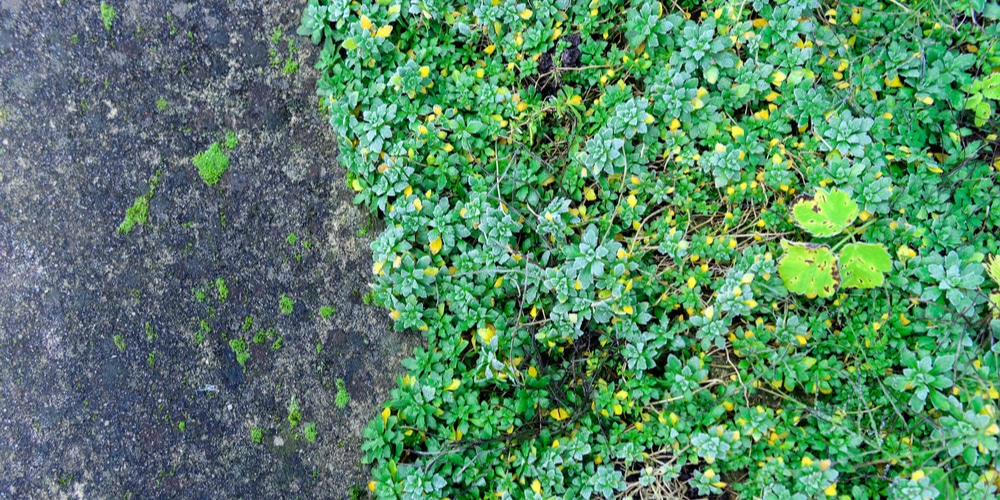Ground covers can help make your garden more colorful and lively. During the blooming season, these low-growing plants will add a cascade of blooms to your garden, which will make you proud of your yard. But do you know for how long do creeping phlox bloom? And what else should you know about growing these colorful perennials?
And one of the best options, if you are looking for a versatile and suitable plant for any landscape, is the creeping phlox.
This easy-to-grow perennial will attract plenty of beneficial pollinators to your garden, including hummingbirds, bees, and butterflies.
Read on to clear all the doubts you may have on the subject.
Creeping Phlox Blooming Season: How Long Does it Last?
Growing creeping phlox isn’t challenging. This plant adapts to various soil and weather conditions and grows well in USDA hardiness zones 3 to 9. After establishing itself in your garden, this plant will produce abundant blooming in mid to late spring and will die back in the fall and winter.
But how long do creeping phlox bloom? The truth is that, with a few tricks, you might be able to increase its blooming season.
For instance, consider deadheading the flowers to encourage new growth. Trimming the stem after flowering might boost a second bloom.
Also, don’t forget to add organic matter: compost or manure works excellently to improve the ground’s nutrient content without harming your plants. It will boost your creeping phlox’s productivity.
While this plant adapts to most soil conditions, adequate nutrient content will make a crucial difference in flower production.
You can expect your plant to produce abundant blooms for about four weeks if you know what to give it. If the summer temperatures are mild where you live, your plant might even keep blooming for up to six weeks.
And the blooms are perfect for cut flowers, which means you can enjoy them even as a decoration for your interiors. And if you need help encouraging reproduction in your yard, creeping phlox might be an excellent companion plant. These plants will attract plenty of beneficial pollinators!
But how can you make the most out of these plants? You’ll find our favorite tips in the following sections!
Related Article: Purple Phlox Care
Maintaining Creeping Phlox: Our Tips
As we mentioned, creeping phlox doesn’t need much attention from your side. Still, putting some effort into recreating the adequate growing conditions will ensure abundant blooming and healthy growth.
To begin with, you must ensure the substrate you are using for growing your plants is well-draining. You can apply a thick layer of mulch around the base to prevent weeds, regulate the soil temperature, and improve water retention.
But remember, with these plants, it is often better to be on the low-watering side. Overfeeding your plants might cause severe issues, including root rot and powdery mildew (more on this later). After all, creeping phlox is tolerant to drought!
Also, while these plants prefer full sun, they will adapt to partial shade conditions. So, you won’t have to worry too much about picking a location to grow your creeping phlox.
Ensure the ground is consistently moist if you live in a hot region. Also, don’t forget to provide your plant with adequate airflow: creeping phlox tolerates most diseases but is susceptible to powdery mildew.
And this fungal infection can be a severe problem in hot and humid regions. If your plant doesn’t get adequate aeration, the risk of this disease affecting your creeping phlox is high.
How To Plant Creeping Phlox
Creeping phlox isn’t a challenging plant to grow. But if you don’t plant it correctly, you might have trouble growing it. If you are planting more than one specimen, ensure you give your plants adequate room to spread.
For instance, you should allow a space of at least two feet between each plant. Also, don’t forget to amend the soil with a few inches of compost to improve the nutrient content and make the conditions more welcoming to the growth of your plants.
Plant your creeping phlox without burying its stem too deep in the earth. Not doing so might stunt your plant’s growth and may not allow flower production.
Mulch will contribute to regulating the soil temperature and keeping weeds at bay. Adding a thick layer is a must if you live in a hot and dry region, as it will help keep the soil moist.
How long do creeping phlox bloom: Final thoughts
Don’t forget to divide the plants every few years and prune them annually to boost new growth.
Related Article: How Far Apart to Plant Creeping Phlox?

